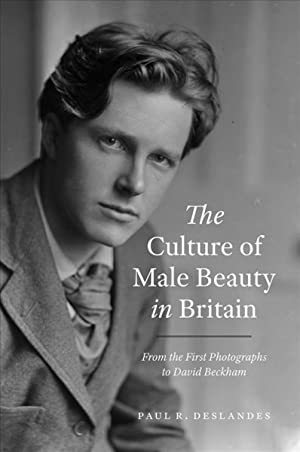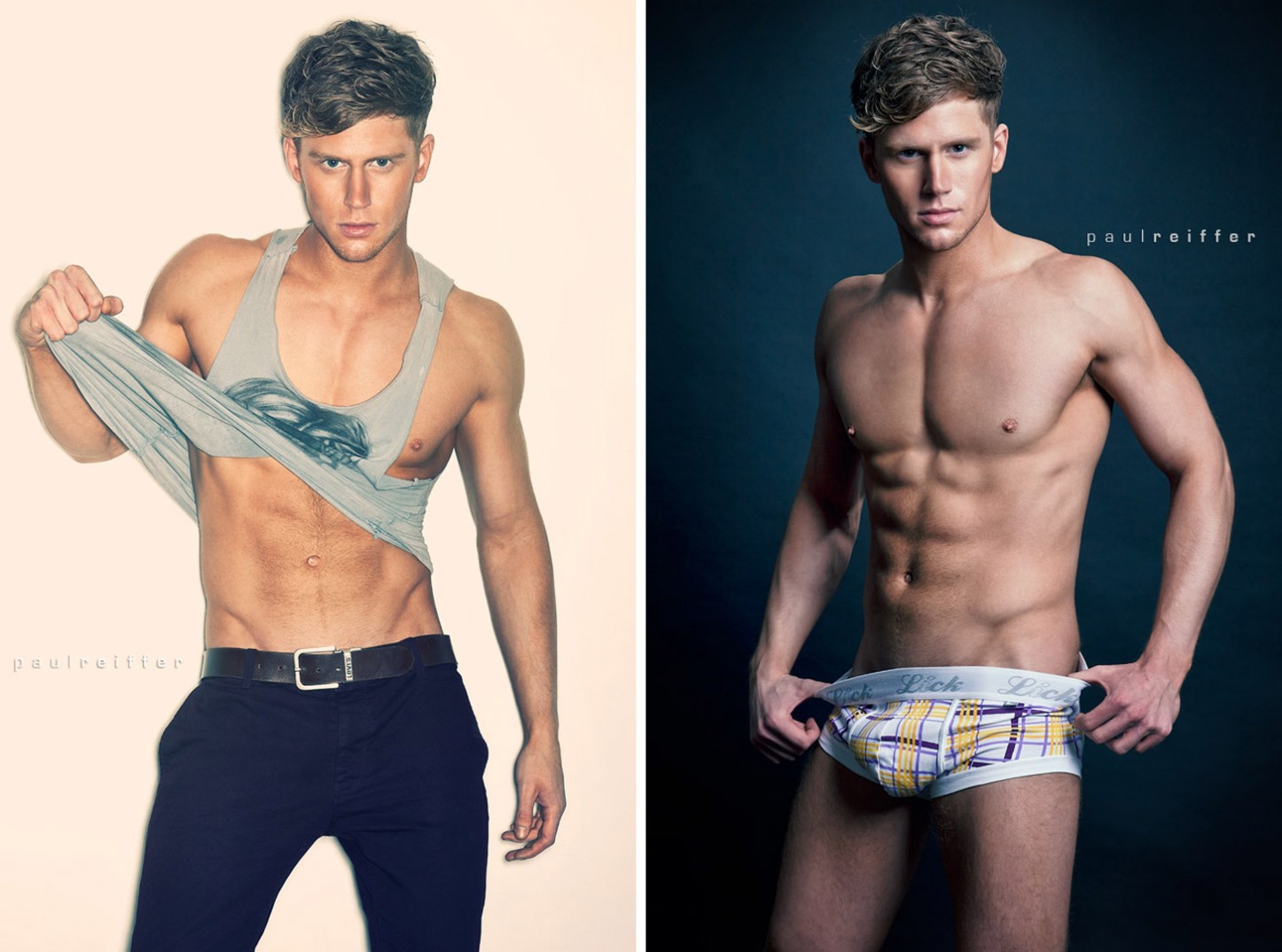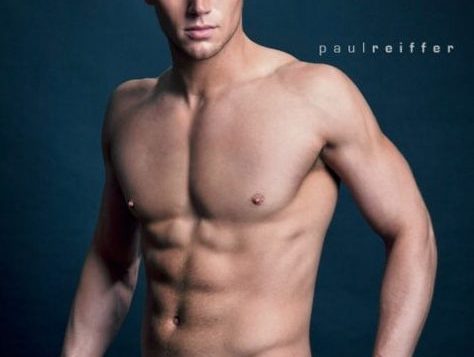 THE CULTURE OF MALE BEAUTY IN BRITAIN
THE CULTURE OF MALE BEAUTY IN BRITAIN
From the First Photographs to David Beckham
by Paul R. Deslandes
Univ. of Chicago Press. 414 pages, $45.
IN 1982, a photograph of a Brazilian soccer player named Tom Hintnaus appeared on an enormous billboard above Times Square, lying against a whitewashed wall in Calvin Klein underpants with one arm over his eyes, as if dozing on a Greek island—or waiting for someone to come into his room at the baths. Hintnaus was succeeded by Marky Mark, in Calvin Klein briefs, clutching his crotch on the panels lining my bus stop on Second Avenue. Both figures were smooth-skinned and muscular—part of a new, hairless look that was replacing the hairy-chested clone of the 1970s. Queens on Fire Island christened it Hitler Youth. They were not exaggerating. By the end of the ’80s, the Klein campaign had gone full Leni Riefenstahl. In 1989, the model advertising Klein’s undies had his hair slicked back in a 1930s style that made him look exactly like someone in Triumph of the Will.
The arc traced in Paul R. Deslandes’ new book, The Culture of Male Beauty in Britain, ends with something very similar: an enormous photograph of soccer star David Beckham’s six-pack unveiled above the entrance to a Selfridges department store in London in June 2009. Two years later, the male model David Gandy, famous for a Dolce & Gabbana perfume ad in which he floats in a tight white bathing suit near the Blue Grotto of Capri, began a relationship with Marks & Spencer.
The British version of how we got there begins, in Deslandes’ account, back in the 1840s, when a Frenchman named Louis Daguerre invented the daguerreotype. At that time beauty was equated with moral qualities, with admirable character traits. The proportions of classic Greek sculpture still dictated the proper ratio of facial features. Phrenology subdivided the face into sections, like the diagrams guiding butchers in dismembering cows. Good looks were desirable because they would lead to success in business and in life. Almond-shaped eyes were considered the most loving.
When daguerreotypes gave way to photography, men sat for portraits that were reproduced on cartes de visite—small calling cards that were shared at first only with family and friends, but later became collectibles that were put into albums by young women, especially when the subjects were expanded to include celebrities. Books and magazines offered practical tips from barbers and photographers on how to deal with both the bashful sitter and the overly enthusiastic one; instructions not to photograph the bald spot and to be sure to photograph from the side the part is on. The moustache was recommended only for men with bad teeth and weak mouths, and if you had to wear one, it should be thick. A thin moustache was suspicious—as was parting your hair in the middle. “The main thing is to look manly,” proclaimed an article in The Modern Man. “If a man is that he cannot be ugly.”

To be manly you could not be skinny; even sunken cheeks were undesirable. According to Face and Physique or Within and Without (1904), hollow cheeks were said to “disclose a lack of sociability or love of friends.” To avoid the gaunt look, a diet of beef, bread, and beer was recommended. Most important was the skin. According to Alfred T. Story’s The Face As Indicative of Character: Illustrated by Upwards of One Hundred and Twenty Portraits and Cuts (1890): “A good complexion is a paramount condition of beauty, and beauty a sign of loveableness because it indicates normality, and thus purity.”
Andrew Holleran is the author of the new novel The Kingdom of Sand(Farrar, Straus and Giroux).







